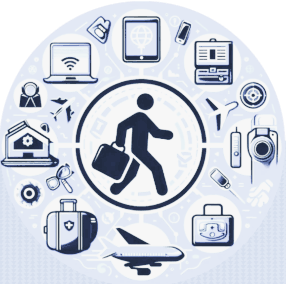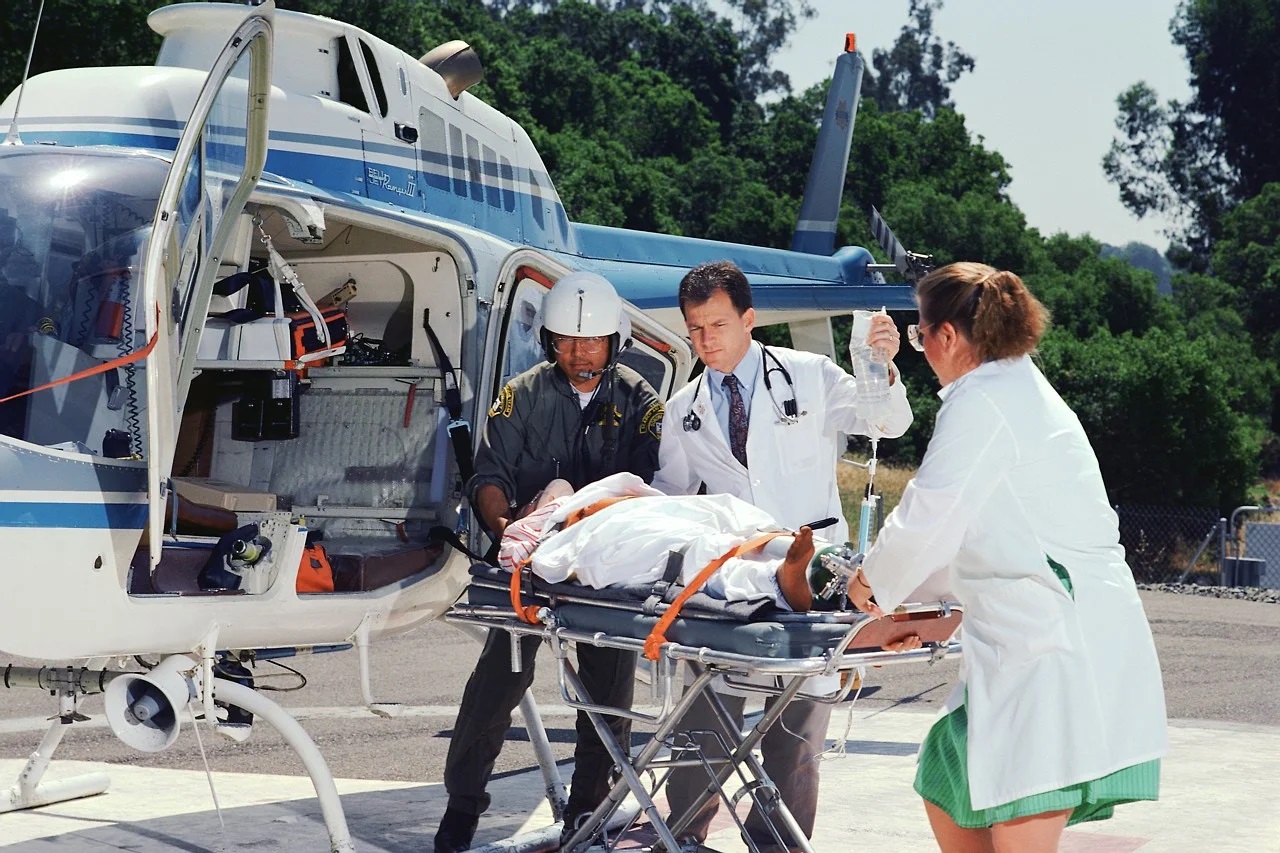Air travel is evolving, and so is airport security. In 2025-26, there’s a fresh wave of regulations reshaping how we soar through the skies. Have you ever wondered what’s sparking this change? It’s a mix of global threats, tech advancements, and the non-stop quest for safer travels. All these elements come together to alter the playbook for airport security.
If you’ve flown recently, you know security is every traveler’s first stop. But beyond the metal detectors and full-body scanners, there are newfound shifts aimed at enhancing safety while easing travel headaches. The goal? Better protection and a passenger experience that doesn’t leave you yearning for teleportation instead.
Cutting-edge technology is at the heart of these updates. Think you know AI? It’s not just Netflix recommendations anymore. It’s also at work in airports, spotting potential threats faster than ever. If you’re picturing sci-fi, you’re not far off. Advanced tech like biometrics is set to change everything from passport checks to boarding gates.
Don’t forget international aviation agreements. They’re like global treaties for the skies, deciding much of what changes in our airports. Countries are banding together, sharing best practices and setting shared goals. These efforts mean that wherever you fly, there’s a dedication to safety that’s being constantly refined and improved.
Tech at the Forefront: Next-Gen Technologies Revolutionizing Security
Airport security isn’t just about bags on conveyor belts anymore. As we step into 2025-26, technology takes center stage. AI and machine learning are becoming front-line defenders, identifying threats with precision far beyond human capability. They’re sifting through data from countless security cameras and sensors, spotting anything out of the ordinary in real time.
Biometrics are another game-changer. Facial recognition and fingerprint scans are no longer just for spy movies. They’re making airport lines shorter and identification processes more secure than ever. If you’ve ever dreamed of breezing through security without the hassle, biometric systems are turning that dream into reality by offering personalized and speedy verification processes.
Automated systems are gradually phasing out manual checks, aiming for speed without skimping on safety. Imagine less time waiting in lines and more time sipping coffee before your flight. These systems take the pressure off security personnel, allowing them to focus on more complex tasks that machines can’t handle.
Of course, with all the new tech, challenges crop up. Will integrations go smoothly? Are there privacy concerns? Airports are navigating these hurdles, ensuring that new systems aren’t just effective but also respect passenger rights and privacy. As these state-of-the-art technologies get incorporated, the focus remains on maintaining a secure environment while enhancing the travel experience.
Transparency and Trust: Enhancing Passenger Experiences
Security can feel like a black box — mysterious and sometimes frustrating. But 2025-26 aims to shine a light on those inner workings. By being upfront about security processes, airports cut down on traveler anxiety and build trust. When folks understand the ‘why’ and ‘how’ of each step, cooperation levels shoot up, making everything smoother.
Security education is stepping up. Information kiosks, friendly personnel, and clear signage aim to demystify the journey from curb to gate. When travelers know what’s happening and why, they’re less likely to kick up a fuss, which helps everyone get to their flight faster and happier.
Airports are also rethinking layouts. No one enjoys cramming into claustrophobic lanes, waiting to offload shoes and belts. New designs focus on creating open, comfortable spaces where security checks aren’t a source of stress but a step in the travel narrative. This thoughtful redesign not only reduces flight anxiety but also speeds up the process.
Feedback from travelers is becoming gold for policymakers. By listening to passenger experiences and concerns, airports can implement changes that truly reflect traveler needs and expectations. This continuous conversation isn’t just lip-service — it’s shaping the policies and practices of tomorrow’s airports.
Future-Ready Aviation: Security Policies Shaping Tomorrow’s Travel
The future of air travel is being crafted today with security policies that aim for flexibility and foresight. As the landscape shifts, being adaptable isn’t just ideal—it’s essential. Forward-looking policies are designed to evolve as new threats and challenges appear, ensuring passengers feel secure no matter the skies they fly.
International cooperation is a cornerstone of maintaining a safe global airspace. Countries are teaming up like never before, creating shared security standards that help maintain consistency across borders. These global partnerships mean that travelers can count on a uniform experience, whether they’re touching down in Tokyo or Toronto.
Emerging threats aren’t just theoretical—they’re on the radar of every savvy security planner. Cyber threats, for instance, pose a growing risk, pushing airports to bolster their defenses beyond the physical realm. By preparing for these challenges in advance, airports can stay one step ahead, ensuring passengers are always in safe hands.
A commitment to continuous improvement drives airport security into the new era. This isn’t just about responding to immediate needs but setting the stage for a future where innovation leads the way. Whether through pioneering tech or smart policy changes, the ongoing effort to refine security measures ensures that air travel not only remains secure but also efficient and enjoyable.


